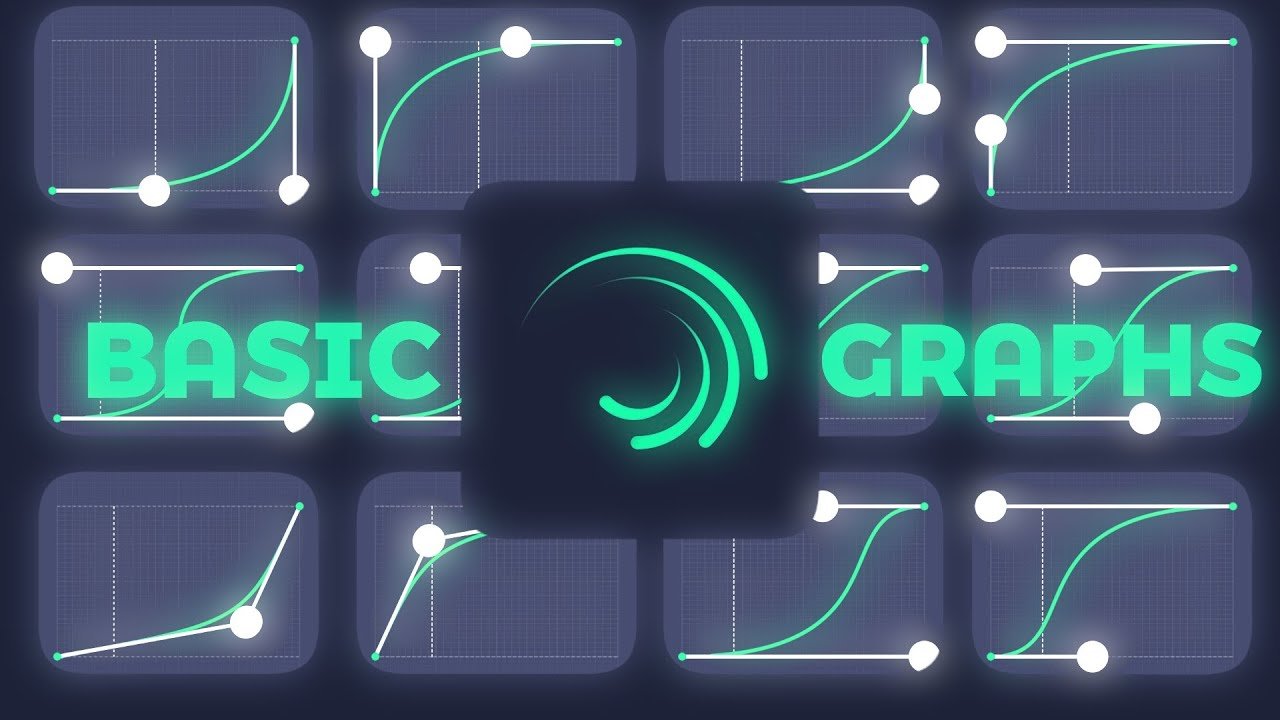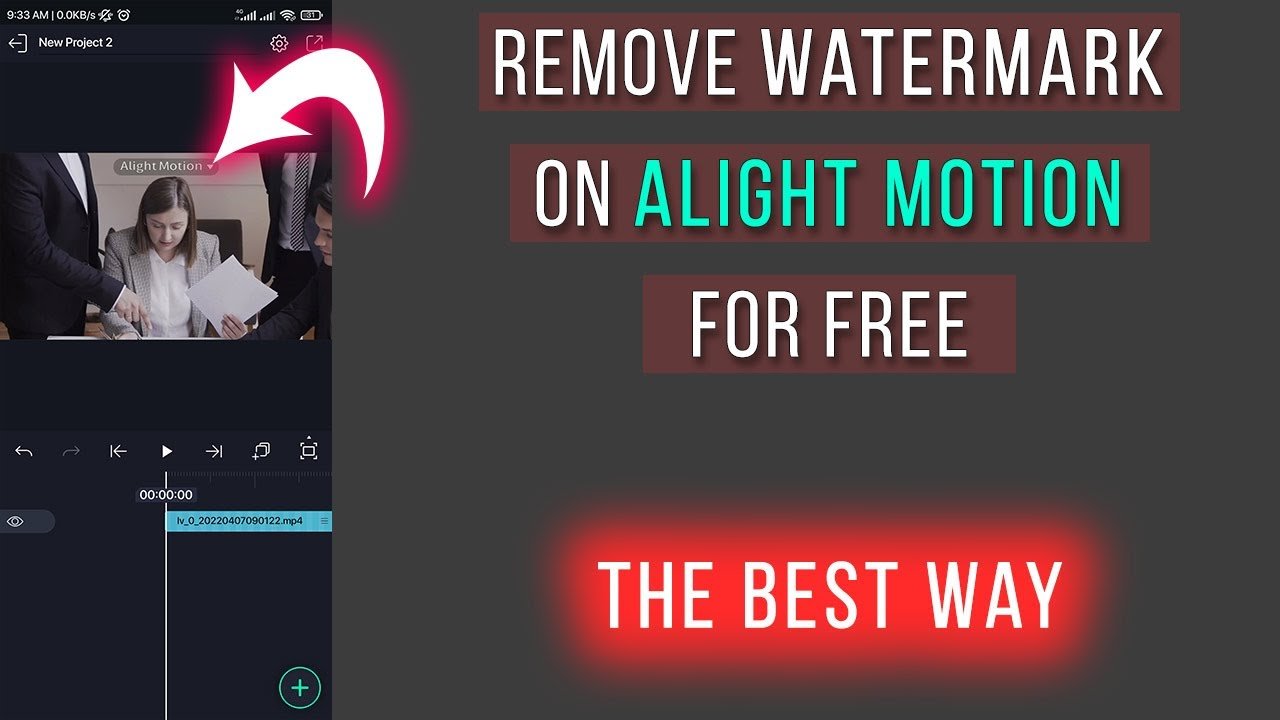Using null in Alight Motion allows you to create stunning visual effects with precision and creativity. First, understand that ‘null’ refers to a placeholder or empty object you can manipulate. By adding a null object, you can parent other layers to it. This means any changes applied to the null object will affect all parented layers. In the following sections, we’ll dive deeper into the step-by-step process to effectively use null in Alight Motion. Ready to bring your animation skills to the next level? Let’s get started.
Table of Contents
How to Use Null in Alight Motion
Alight Motion is a powerful mobile video and animation editor that offers numerous features to its users. One such feature is the ability to use null objects, which can significantly enhance your animations and make editing more efficient. If you’re wondering how to use null in Alight Motion, you’re in the right place. Additionally, if you need to know how to transfer Alight Motion projects, this guide will walk you through everything you need to know to effectively use null objects in your projects.
What is a Null Object?
A null object, often simply called a null, is an invisible layer that you can use to control other objects. Think of it as an anchor or a controller. You won’t see the null object in your final render, but it provides a way to manipulate other layers collectively. Here’s why null objects are useful:
- You can link multiple layers to a single null object and control them together.
- They help in organizing complex animations and make your workflow smoother.
- Null objects can serve as pivots for rotating and scaling other layers.
Creating a Null Object in Alight Motion
Creating a null object in Alight Motion is straightforward. Follow these steps to add a null object to your project:
- Open your project in Alight Motion.
- Tap on the “+” icon to add a new layer.
- Select “Null Object” from the list of options.
- Position your null object in the canvas area.
Adjusting the Null Object
Once you’ve created your null object, you can adjust its properties like position, rotation, and scale. To do this:
- Select the null object layer in the timeline.
- Use the transform tools to adjust its position, rotation, and scale.
- You can also keyframe these properties for animation purposes.
Linking Layers to the Null Object
Linking layers to a null object allows you to control them collectively. Here’s how to link layers to your null object:
- Select the layer you want to link to the null object.
- Go to the “Parent & Link” settings.
- Select the null object as the parent for the layer.
- Repeat the steps for other layers you want to link.
Benefits of Layer Linking
- Control multiple layers simultaneously by manipulating the null object.
- Organize your layers better, reducing clutter in your timeline.
- Create complex animations more easily by adjusting the null object.
Animating with Null Objects
Animating with null objects can simplify the process of creating complex animations. Here’s how you can animate using null objects:
Setting Keyframes
Keyframes are essential for animation. To set keyframes for your null object:
- Select the null object layer in the timeline.
- Tap on the keyframe icon next to the property you want to animate (position, rotation, scale).
- Move the playhead to a different point in the timeline.
- Adjust the property, and a new keyframe will be created automatically.
Animating Linked Layers
Since your layers are linked to the null object, any animation you apply to the null object will affect all linked layers. This is particularly useful for:
- Creating motion paths for groups of layers.
- Rotating multiple layers around a central point.
- Scaling a group of layers proportionally.
Practical Uses of Null Objects
Null objects can be used in various creative ways to enhance your animations in Alight Motion. Here are a few practical examples:
Camera Rigging
You can create a virtual camera rig using null objects. Here’s how:
- Create a null object and name it “Camera Rig.”
- Link your camera layer to the Camera Rig null object.
- Animate the Camera Rig null object to move and rotate the camera layer.
Character Animation
Null objects are very useful for character animation. Here’s a step-by-step guide:
- Create null objects for each major joint (e.g., hip, shoulder, elbow).
- Link the character’s body parts to the corresponding null objects.
- Animate the null objects to create natural-looking movements.
Complex Transitions
Using null objects, you can create complex transitions that affect multiple layers simultaneously. For example:
- Create a null object for a group of text layers.
- Animate the null object to rotate and scale the text layers together.
- Add easing to the null object’s keyframes for smoother transitions.
Tips and Tricks
Here are some additional tips and tricks to help you get the most out of null objects in Alight Motion:
Use Naming Conventions
Always name your null objects clearly. This helps you keep track of them, especially in complex projects.
Group Related Layers
Group related layers under a single null object. This makes it easier to control and animate them.
Utilize Easing
Apply easing to the keyframes of your null objects. This creates smoother animations and makes them look more professional.
Common Mistakes to Avoid
While using null objects, there are some common mistakes you should avoid:
- Not naming null objects, which can lead to confusion.
- Overlinking layers to a single null object, making it hard to control individual layers.
- Forgetting to keyframe the null object, leading to static animations.
Advanced Techniques
Once you’re comfortable with basic null object usage, you can explore more advanced techniques:
Nested Null Objects
You can nest null objects to create hierarchical animations. For example:
- Create a primary null object and link several secondary null objects to it.
- Link individual layers to the secondary null objects.
- Animate the primary null object to move the entire hierarchy.
Expressions and Scripting
If you’re familiar with expressions and scripting, you can use them to automate null object animations. This can save you time and create more complex animations.
Using null objects in Alight Motion can greatly enhance your animation workflow. They offer a flexible, efficient way to control multiple layers and create complex animations. Whether you’re working on simple projects or intricate animations, null objects are a valuable tool to have in your arsenal.
Frequently Asked Questions
Can I animate a null object in Alight Motion?
Yes, you can animate a null object in Alight Motion just like any other layer. You can add keyframes for properties such as position, scale, and rotation, and these animations will affect all the layers that are parented to the null object.
How do I parent layers to a null object in Alight Motion?
To parent layers to a null object, first, select the layer you want to parent, then go to the ‘Parent & Link’ section and choose the null object from the list of available parent layers. Now, any transformations applied to the null object will also affect the child layer.
Why should I use a null object in my Alight Motion projects?
Using a null object helps to manage and organize complex animations more efficiently. It allows you to control multiple layers with a single set of keyframes, making it easier to apply consistent transformations and adjustments across your project.
Final Thoughts
When using null in Alight Motion, it’s essential to understand its role in animation. Null objects act as invisible layers that help control other layers. You can manipulate these null objects to achieve complex movements and effects. This technique simplifies animation adjustments by allowing you to change one element without affecting others. By mastering how to use null in Alight Motion, you streamline your workflow and create more dynamic animations effortlessly. Keep experimenting to see how null objects can enhance your projects.



